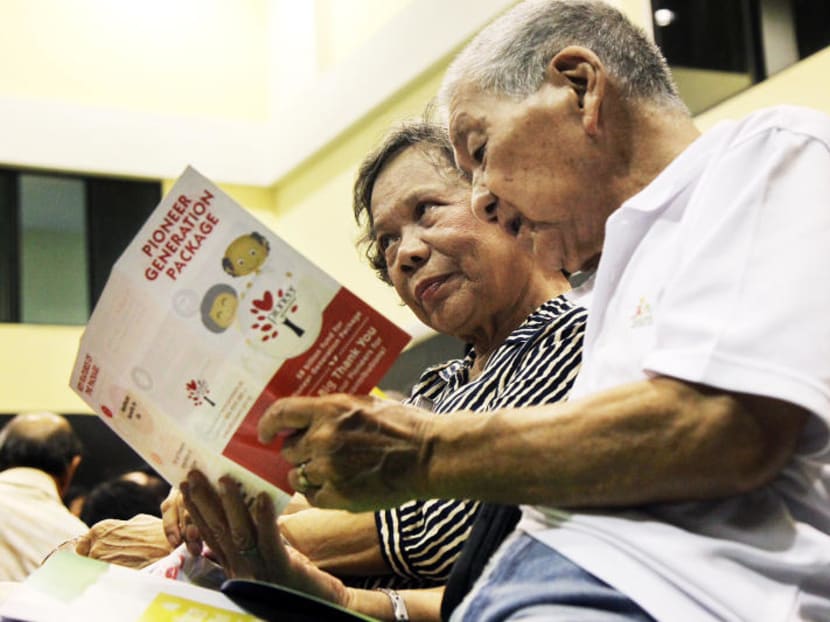The silver lining in ageing
In response to the commentary “A super-aged Singapore: Policy implications for a Smart Nation” (Oct 13), I wish to share the positive socioeconomic implications of a super-aged Singapore.

TODAY file photo
In response to the commentary “A super-aged Singapore: Policy implications for a Smart Nation” (Oct 13), I wish to share the positive socioeconomic implications of a super-aged Singapore.
According to the 2015 3rd Asia Pacific Silver Economy Business Opportunities Report, Singapore continues to have one of the highest savings rates in the region, at approximately 60 per cent of gross domestic product.
It has the highest household savings per capita in the region and the second-highest gross domestic product per capita. Our elderly population’s high spending power will contribute towards Singapore’s projected silver market potential of S$61.3 billion by 2020.
Singapore is one of the three countries with the longest life expectancy in the region, after Japan and Hong Kong, and also one of the countries with the longest healthy life expectancy, at 73 years.
Early detection and prevention of chronic diseases programmes initiated by government bodies have cultivated an active, health-conscious elderly population. Efforts must continue at a faster pace, however, to cope with the demands of our rapidly ageing population.
Every country has its challenges, and Singapore is no different. Just as we have grown as a nation in the past 50 years, we will transform the challenge of our ageing population into opportunities for the young and old.
Let us consider the entrepreneurship opportunities in new services the Government can provide for the lower-income, and the private sector for the middle- to higher-income.
For successful ageing-in-place, an alternative to retirement villages could present employment and socioeconomic opportunities. There are two key services of a retirement village model that we can extract to provide a similar outcome to support ageing within a community.
One is a building concierge: With most Singaporeans living in flats, having a building concierge in each block would create an instant workforce opportunity for our ageing population.
His role involves helming the reception desk, knowing all the residents in his area of responsibility, increasing conversation opportunities among the elderly and being the first point of assistance in case of a home emergency, receiving deliveries or information assistance.
A building concierge would complement Singapore’s Smart Nation programme by balancing technology integration with human interaction.
The second is well-being communities. For example, ASPIRE55 is Asia’s first virtual retirement village, pioneered in Singapore in 2013. Its vision is to replicate the heart of a retirement village within every neighbourhood by maximising available spaces.
Most activities involve bringing members outside of the club into the community, motivating them to age in a healthier way through falls prevention and strength-training programmes, encouraging independence while staying socially engaged.
Most members join because they enjoy the intergenerational and peer interactions to support them in ageing successfully. Such communities would help to enable home health and social service deliveries too.






